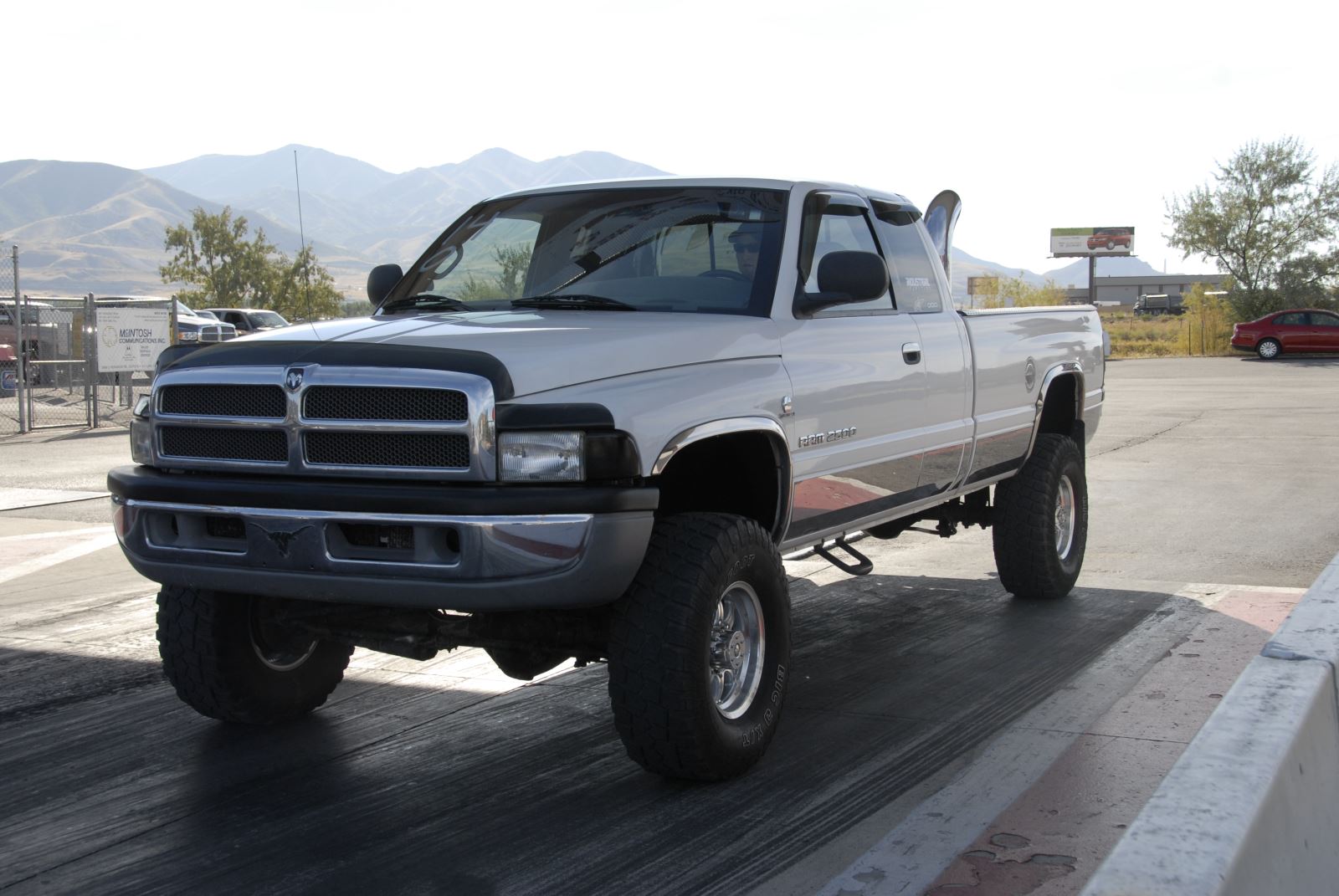We mentioned it in the first installment of this feature a couple of months ago, but the more we talk to people, the more ways we find for getting to various horsepower levels. It is amazing that a diesel can reach “X” horsepower 10 different ways. A gasoline engine can reach “X” horsepower a couple different ways and there are quite a few different components that work within that recipe. For a diesel, it isn’t just a matter of switching to a different component that makes the difference; it could be going in a completely different direction.
Never is this more true than with the 24-valve 5.9L Cummins built between mid-1998 and 2002. When Cummins switched from the 12-valve to the 24-valve, it redesigned the head, replaced the P-pump with a VP44 (electronically controlled) and made a few other minor changes. This marked Cummins’ first voyage into the electronic diesel engine in the light-duty truck market.
In the aftermarket, this pump is both loved and hated. In recent years, companies have started investing time and money in the research and development of this pump. The results include quite substantial flow increases. From the factory, the engines were rated at 235hp and 460 lb/ft of torque. The high-flowing aftermarket VP44 pumps can support around 800hp on straight No. 2 (i.e. using only pump fuel) and more than 1,000hp with nitrous.
The aftermarket has for many years taken the VP44 injection pump off the engine and installed P-pump conversions (the necessary components to add a 12-valve P-pump). The P-pump conversion is the most popular way to reach high horsepower with a 24-valve engine.
In addition to the differences in injection pumps, you have those that are hardcore diesel No. 2 power fanatics. Typically these are people who are sled pullers where the rules prohibit nitrous. On the other side of things, you have those who love nitrous and rely heavily on the additional air supplied by the nitrous to boost the horsepower numbers anywhere from 200 to almost 600. These are typically drag racers who have always been allowed to run nitrous and believe it is a safe, cost-effective alternative. Then somewhere in the middle of the spectrum are the people who believe in adding everything they can. So they will be adding the propane, nitrous, water/methanol, No. 2, fuel additives and anything else they think they can add to get them where they want to be. We won’t be discussing any of those options here, as finding the right mixture is extremely hard and often times massive engine failure results from the wrong combination. Tinker with that at your own risk!
We will simply focus on the most common and popular ways. Where you live and what you do determines how you achieve the horsepower you are trying for. We have worked to compile a list of the most common ways of reaching 500, 750 and 1,000 horsepower with a 24-valve engine, but by no means is this the only way possible. Saddle up!

500 Horsepower
Reaching 500hp with an engine rated for 235hp is a challenge in itself. But thanks to the constant evolution of the diesel industry, that is becoming easier to do. High-flowing intakes and exhaust systems are necessary and are usually one of the first modifications made by enthusiasts. For 500 hp, a 4-inch exhaust is sufficient and available pretty much anywhere.
To handle the air requirements needed for 500hp, a 64mm to 66mm turbocharger is essential. Either turbocharger is capable of handling the air, but the 64mm is better suited for daily driving, while the 66 is better for a weekend warrior and someone with top-end in mind. While changing the turbo, a higher-flowing manifold will help reduce backpressure and lower exhaust temperatures.
For the fuel requirements, an aggressive programmer teamed up with a fuel box make for a great combination. Together they tell the pump to stay on and pump out lots of fuel and adjust the timing to make big power. To take full advantage, the VP44 pump needs to be reworked to flow more. Sending it out to a good shop to have them custom-build/modify the pump to flow and support 500hp is a great idea. Next, in order to keep up with the fuel demand from the modified VP44 pump, an upgraded lift pump is required.
A good lift pump will flow a very high volume but will do it at a high pressure. On the other side of the spectrum are the injectors. They flow very little (at least compared to a fuel pump) at extremely high pressure. To flow the amount the VP44 pushes, you’ll need 150-175 over injectors.
The stock automatic transmission won’t handle this type of power very long, if at all. To help to hold the power, you’ll want a billet input shaft and an upgraded set of clutches. Depending on the driving habits of the driver, billet intermediate and output shafts might be a good idea if you demand performance at the push of the pedal. A higher stall converter will help spool the 64/66mm turbo more easily and make daily use much easier.